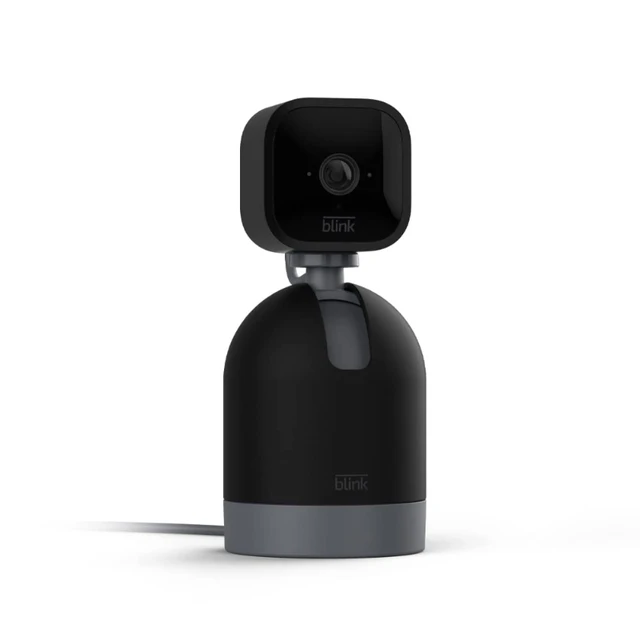 Introduction:
Introduction:
Blink cameras are popular home security devices that provide peace of mind by capturing and recording footage. However, encountering issues with a Blink camera not recording can be frustrating and cause concern. Understanding the reasons behind this problem and how to troubleshoot it is essential for ensuring the camera’s functionality. In this comprehensive guide, we will explore various factors that may cause a Blink camera not to record and provide insights into troubleshooting and resolving this issue. By familiarizing ourselves with these factors, individuals can effectively address the problem and restore the recording functionality of their Blink camera.
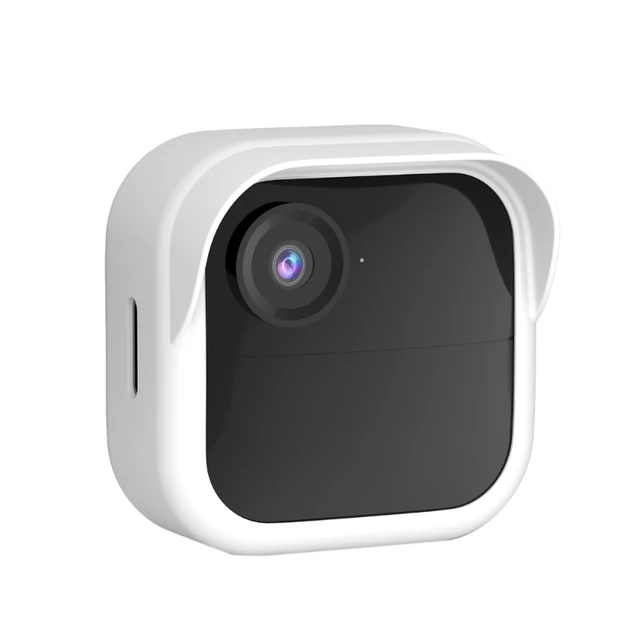 Some potential risks and consequences of a Blink camera not recording:
Some potential risks and consequences of a Blink camera not recording:
When a Blink camera is not recording, it can have several potential hazards and drawbacks. Here are some potential risks and consequences of a Blink camera not recording:
Lack of Surveillance:
The primary purpose of a home security camera is to monitor and record activities in and around your property. When a Blink camera fails to record, it leaves a gap in surveillance coverage. This means that any suspicious or criminal activity may go unnoticed, compromising the safety and security of your home or business.
Inability to Gather Evidence:
In the event of a break-in, theft, or vandalism, having recorded footage from a security camera can be vital for providing evidence to law enforcement or insurance companies. When a Blink camera fails to record, you lose the ability to gather this crucial evidence, which could affect the investigation or compensation process.
Reduced Deterrent Effect:
Security cameras act as a visual deterrent, signaling to potential intruders that they are being watched and recorded. When a Blink camera is not recording, it loses this deterrent effect, increasing the risk of unauthorized access or criminal activity on your property.
Loss of Peace of Mind:
Knowing that your property is being monitored and recorded can provide peace of mind and a sense of security. When a Blink camera fails to record, it undermines this sense of safety, potentially causing stress or anxiety for homeowners or business owners.
Missed Notifications or Alerts:
Many security camera systems, including Blink, offer motion detection and notifications. When a Blink camera is not recording, it may also fail to send alerts or notifications about detected motion or suspicious activity. This can result in missed opportunities to respond or take appropriate action in real-time.
Troubleshooting and Technical Issues:
When a Blink camera is not recording, it may indicate technical issues or malfunctions within the camera or the associated system. This can lead to the frustration of having to troubleshoot the problem, spend time and effort to fix it, or potentially incur additional costs for repairs or replacement.
To mitigate these hazards, it is crucial to regularly check and ensure that your Blink camera’s recording function is properly enabled and functioning. Perform regular maintenance, check for firmware updates, and contact Blink customer support if you encounter any issues with recording or other camera functionalities.
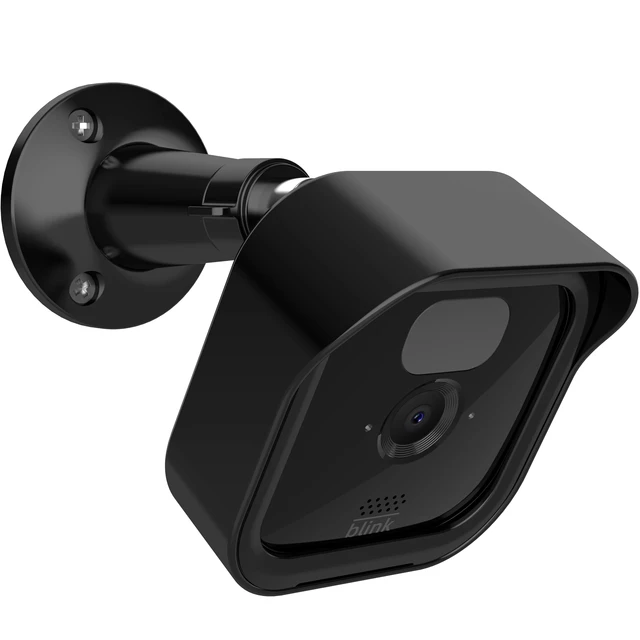 Power and Connectivity
Power and Connectivity
Check Power Source:
Ensure that the Blink camera has a stable power source, either through batteries or a connected power adapter.
Verify that the power source is providing sufficient power to the camera.
Ensure Wi-Fi Connectivity:
Confirm that the Blink camera is properly connected to a stable Wi-Fi network.
Check the Wi-Fi signal strength and resolve any connectivity issues.
Verify Sync Module Connection:
The Blink camera relies on a Sync Module for communication and recording.
Ensure that the Sync Module is properly connected, powered on, and in range of the camera.
Motion Detection and Sensitivity
Check Motion Detection Settings:
Verify that the motion detection feature is enabled for the camera.
Adjust the motion detection sensitivity settings according to the desired level of detection.
Examine Motion Detection Range:
Ensure that the Blink camera’s motion detection range covers the desired area for recording.
Make any necessary adjustments to the camera’s position or angle to maximize the coverage area.
Camera Placement and Obstructions
Evaluate Camera Position:
Check the placement of the Blink camera to ensure it is positioned correctly for the intended monitoring area.
Adjust the camera’s angle or location to optimize the field of view.
Remove Obstructions:
Ensure that there are no obstructions, such as trees, plants, or objects, blocking the camera’s view.
Clear any obstacles that may hinder the camera’s motion detection capabilities.
Firmware and App Updates
Update Firmware:
Verify that the Blink camera’s firmware is up to date.
Check for any available firmware updates and install them according to the manufacturer’s instructions.
App Updates:
Ensure that the Blink app on your mobile device is updated to the latest version.
Update the app if needed to ensure compatibility and optimal functioning of the camera.
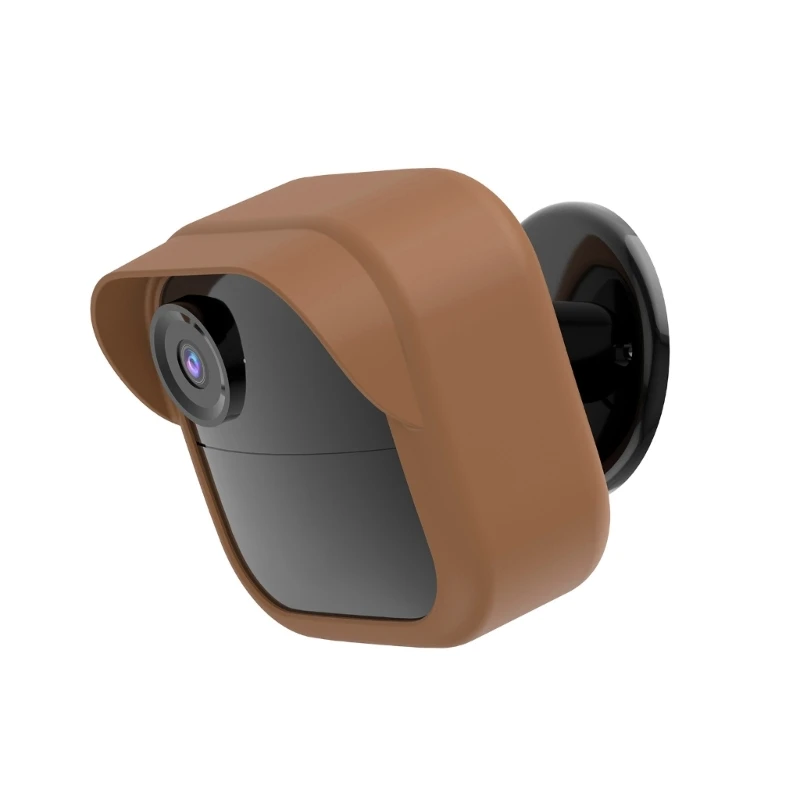 Camera Maintenance and Environment
Camera Maintenance and Environment
Camera Lens and Sensor Care:
Regularly clean the camera lens and sensor to ensure clear and unobstructed recordings.
Use a microfiber cloth or a lens cleaning kit to remove any dirt or smudges.
Consider Environmental Factors:
Evaluate external factors that may affect the camera’s performance, such as extreme temperatures or weather conditions.
Take appropriate measures, such as protecting the camera from direct sunlight or rain, to maintain optimal functionality.
Blink Camera and Ring Camera:
Blink Camera and Ring Camera are two popular brands that offer home security camera systems. Here is a comparison between the two:
Design and Features:
Blink cameras have a compact and minimalist design, focusing on wireless installation and battery-powered operation. They offer features such as motion detection, HD video recording, and cloud storage options. Ring cameras, on the other hand, typically have a sleek and modern design, with options for wired or wireless installation. They offer a wide range of features, including two-way audio, motion detection, night vision, and integration with other Ring devices such as doorbells and alarm systems.
Connectivity:
Blink cameras connect to your home’s Wi-Fi network for video streaming and remote access. They offer free cloud storage for a limited period, with the option to upgrade to a subscription plan for extended storage. Ring cameras also connect to Wi-Fi and offer cloud storage options, but they require a subscription plan for cloud storage and additional features.
Power Source:
Blink cameras are primarily battery-powered, providing flexibility in camera placement and eliminating the need for wiring. They have long battery life, depending on the usage. Ring cameras, however, have options for both wired and wireless installation. They can be powered through a wired connection or wireless options like battery packs or solar panels, depending on the model.
System Integration:
Ring cameras are part of the larger Ring ecosystem, allowing for integration with other Ring devices such as doorbells, security alarms, and smart lights. This integration allows for a more comprehensive home security system. Blink cameras, while compatible with Amazon Alexa, do not have the same level of integration with other smart home devices as Ring.
Price and Subscription:
Blink cameras offer more affordable options, with a focus on simplicity and cost-effectiveness. They provide free cloud storage for a certain period without the need for a subscription. Ring cameras generally have a wider range of models and price points, offering options for different budgets and needs. However, they require a subscription plan for cloud storage, video recording, and additional features.
The choice between Blink and Ring cameras depends on individual preferences, desired features, and budget. Consider factors such as design, power source, connectivity, system integration, price, and subscription models to determine which brand and camera system best suit your specific needs for home security and monitoring.
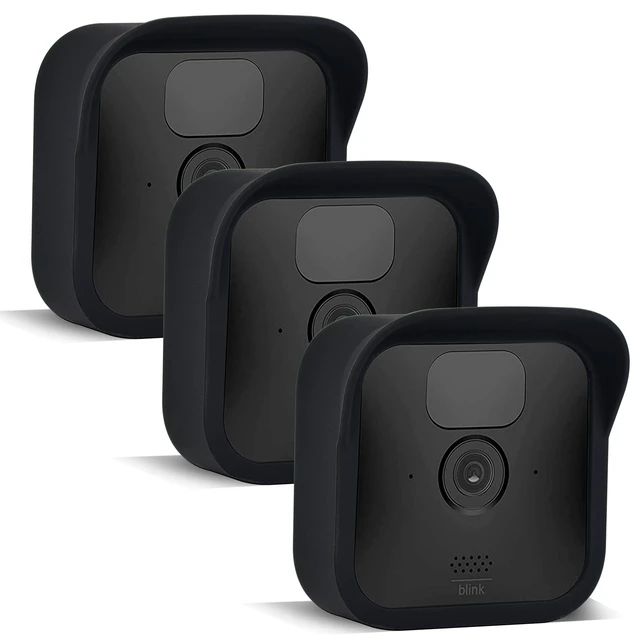 Conclusion:
Conclusion:
Encountering a Blink camera that is not recording can be a frustrating experience, but by understanding the factors discussed in this comprehensive guide, individuals can effectively troubleshoot and resolve the issue. From power and connectivity considerations to motion detection settings, camera placement, firmware updates, and maintenance, each aspect plays a role in the functionality of a Blink camera. Embrace the knowledge shared in this guide to confidently address the problem of a non-recording Blink camera and ensure continued surveillance and peace of mind in your home or property.
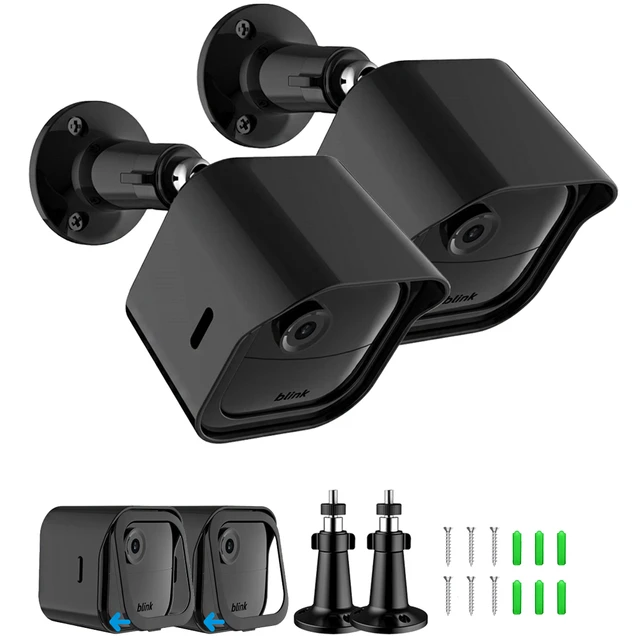
Leave a Reply